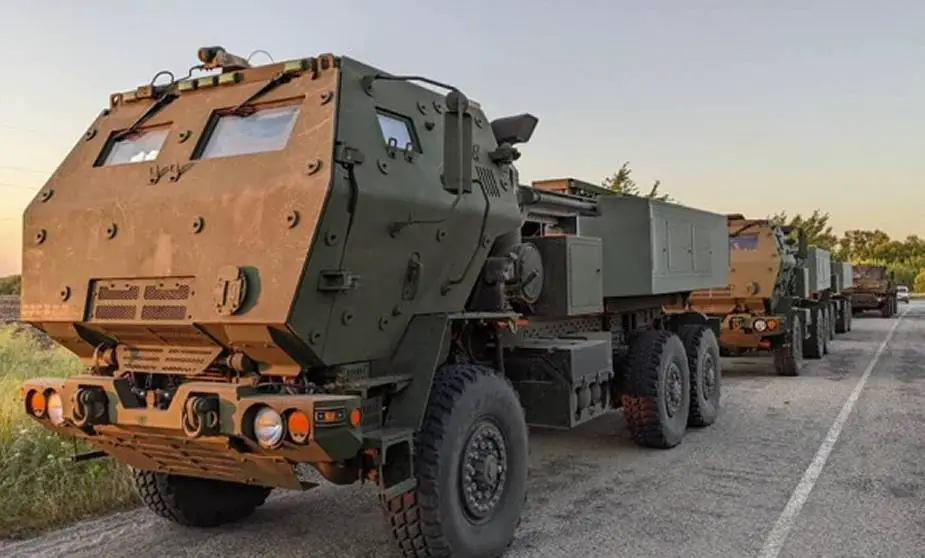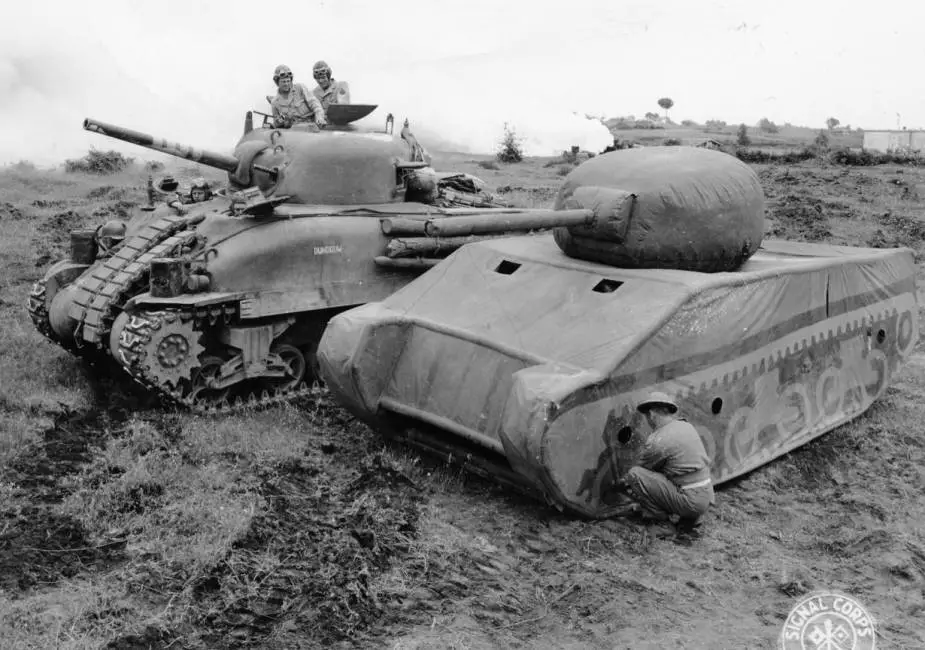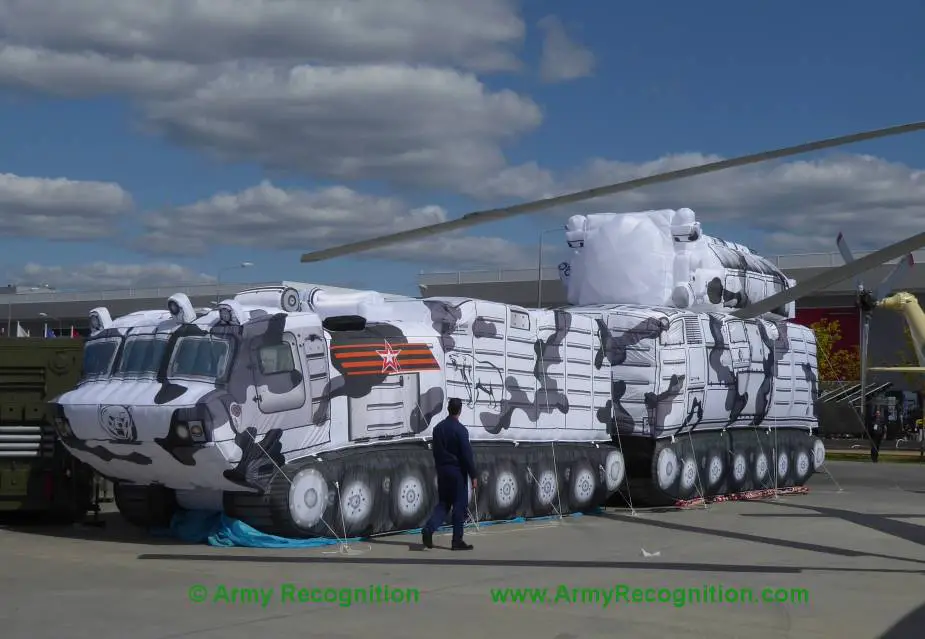- Army
- Conflicts in the world
- Israel - Iran conflict 2025
- Pakistan - India Conflict 2025
- Russia Ukraine War 2022
- Libya conflict day by day
- HAMAS - Israel War 2023
- Operation Serval in Mali French Army
- Sangaris operation Central African Republic
- Sangaris opération militaire République Centreafrique
- Ukraine - Russia conflict
- Syria conflict news
- Defence & Security Industry Technology
- Armies in the world
- Analysis Defense and Security Industry
- Conflicts in the world
- Navy
- Air
Ukrainian army reactivates World War 2 trick to deceive Russian drones
Ukraine has reportedly found a new way to thwart Russian forces: fake wooden targets capable of deceiving missiles. A first success that led the country to extend the system for wider use. In fact, it is simply the reactivation of a successful World War 2 trick extensively used by the Allies in UK to deceive German air force reconnaissance flights.
Follow Army Recognition on Google News at this link

"The Russians claim to have already disabled more HIMARS than we have sent to Ukraine", said an American diplomat. (Picture source: Ukrinform)
For several weeks, Ukraine has been deploying fake wooden targets that are often indistinguishable from real missile systems through the lens of Russian drones. The Russians have already fired a dozen rather expensive cruise missiles at it, according to John Hudson in The Washington Post. This is one of many tactics the Ukrainian army has adopted to retaliate against a larger equipped invading enemy.
How do these fake wooden targets work? Russian drones transmit their target's location to military ships in the Black Sea, which then fire long-range missiles at it. "When the drones see the wooden targets, they think it's some kind of VIP target," said a Ukrainian officer who spoke to The Washington Post. After a few weeks in the field, the decoys drew at least 10 Kalibr cruise missiles, an initial success that led Ukraine to expand the production of the replicas for broader use, said a senior Ukrainian official.
"The Russians claim to have already disabled more HIMARS than we have sent to Ukraine," said an American diplomat. The Pentagon said earlier this month that all 16 HIMARS supplied to Ukraine by the United States since the Russian invasion are still operational.
Ukraine is extremely enthusiastic about the damage they inflict on the battlefield and decided to produce even more fake wooden targets so they can be used in even more places.

A "real" U.S. M4 Sherman tank besides its inflatable decoy in England to deceive Luftwaffe reconnaissance flights before D-Day in Normandy, on June 6, 1944 (Picture source: U.S. NARA/111-SC-216202-001)

The Russian army might copy the trick by deploying inflatable decoys of some highly expensive equipment like the Tor-M2DT air defense system (Picture source: Army Recognition)
t


























